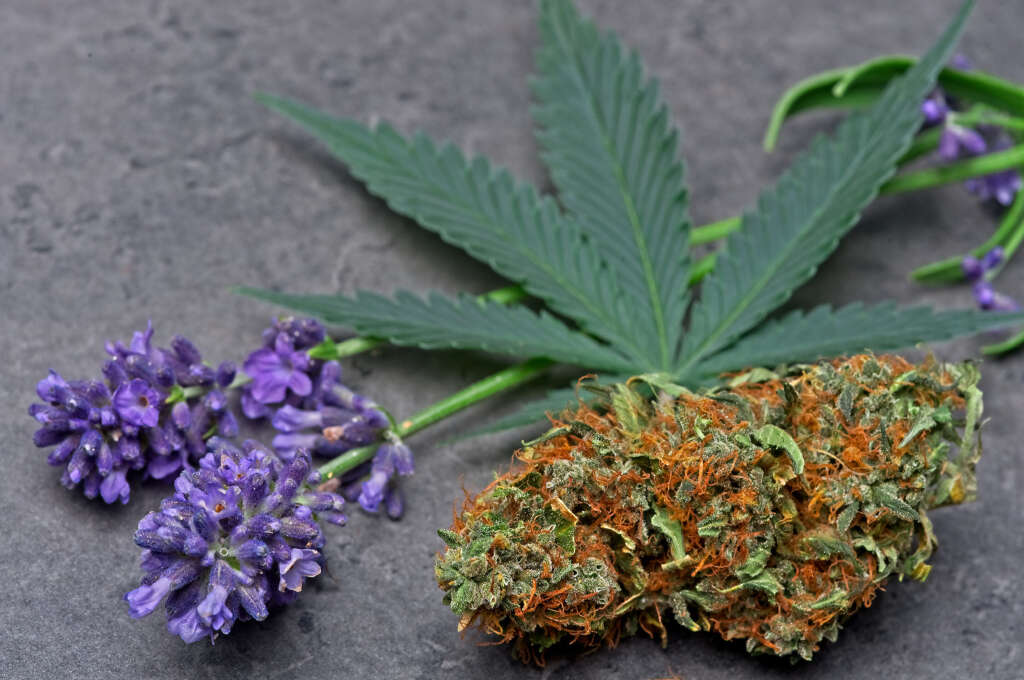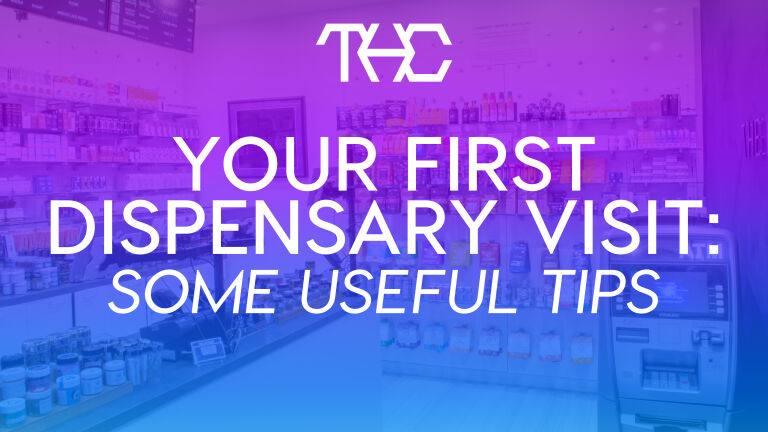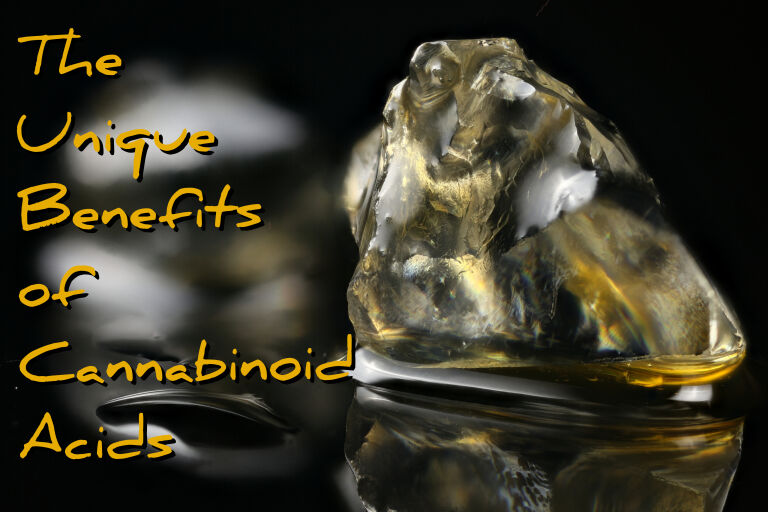The entourage effect creates a dynamic dance of biological symphony that sets weed apart.
Using cannabis products it soon becomes obvious that you get different effects depending on the ratios of cannabinoids and the profile of available terpenes in the product you chose. In our previous articles about terpenes, we’ve looked at the various effects the individual components can create when paired with cannabinoids, and we’ve also looked at how different ratios of cannabinoids will cause different euphoric experiences and medical outcomes.
This diverse variety of results is due to a little feature we in the cannabis world call the “entourage effect,” a fancy way of explaining the synergistic dance cannabis components play once they enter your body and get to work altering your mind frame and assisting your healing systems.
The Essence of Cannabis
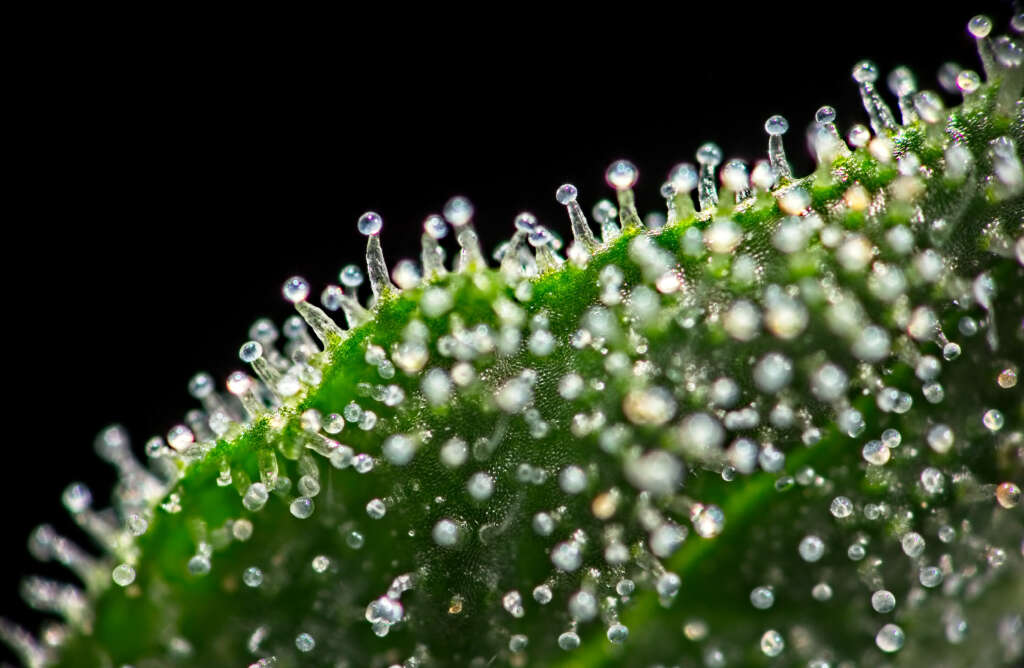
When discussing the entourage effect, it’s necessary to consider the structure of the cannabis plant. Cannabis plants are covered with tiny stalks of glandular trichomes filled with the essential oil produced to protect the plant from the atmosphere, insect attack, and grazing animals. The entire plant, from soil to the tallest flowering mass, is covered with these miniature oil factories, the majority of them packed into the flower buds.
Most plants will produce an essential oil with one or two dominant components contributing almost all of the signature smell and/or taste. Cannabis, on the other hand, brews together a diverse mix of dozens of components, creating exotic fragrances and flavors.
Each plant produces a completely unique essential oil in its trichomes, an individual brew of phytocannabinoids, terpenes, flavonoids and other minor components that will be generally determined by a mix of genetic programming and environmental conditioning which dictates the entourage effect. A significant number of the individual players have their own medical benefits.
Inside the human body, many of those in the entourage join forces and get to work creating change at the cellular level by acting as the molecular signals receptors floating in the cellular membranes are waiting for.
Cellular Symphonies
The cell is the basic unit of life. Although cells are individual entities, in the human body they organize themselves into tissues that make up all the little parts of you – skin, bone, muscles, organs, blood and the vessels that carry the blood…on and on until the end result is a community of trillions of cells we know as you.
Cells talk with each other by sending and receiving signals. One cell sends a messenger molecule with the signal, and the other cell receives the signal, translates it into action, and causes a change.

The many signaling systems of the body use peptide molecules like hormones, endocannabinoids and other neurotransmitters, working with highly specialized receptors that are activated by the incoming signals.
Your cells make the many different types of receptors that’ll be needed, and a good part of those receptors will be for the endocannabinoid system (ECS). We’re becoming familiar with some of the other ways cannabinoids get signals into the cells, and we’ve known about ECS receptors CB1 and CB2 for years, but the reality is that your body makes around 50 different types of ECS receptors, depending on what signaling molecules that particular cell needs.
To the casual observer, it would appear the body makes many more signaling molecules than we know of at this time, and researchers have indeed identified over 120 endocannabinoids. Researchers are still sorting out what they all do, but you can be sure your body knows how to use them.
It’s a wonderful thing then, that cannabis expresses so many different phytocannabinoids which in turn produce the entourage effect we experience.
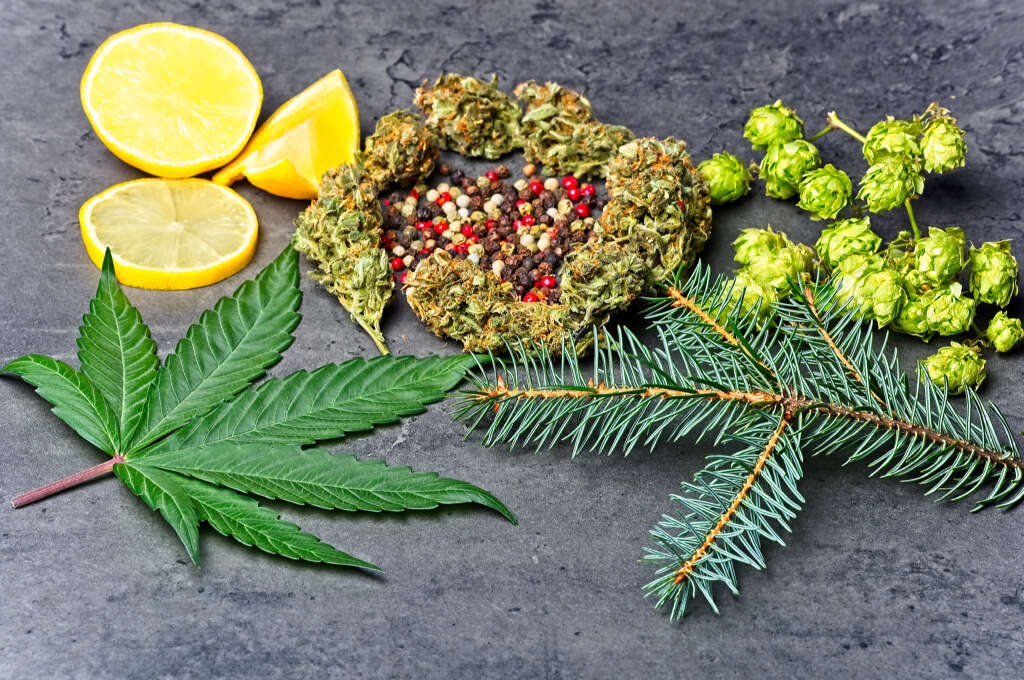
In fact, the plants can generate ten different families of phytocannabinoids. Working from an enviable resource of more than 650 individual chemovars/strains of cannabis, Dr. David Meiri’s laboratory at Technion Israel Institute of Technology has identified at least 144 individual phytocannabinoids, each a potential match to one of the many available ECS receptors.
Cannabis: A Molecular Bypass
When we use cannabis, we’re doing a kind of biological bypass of the ECS, which operates very efficiently under optimal conditions. Where your ECS would be creating only the necessary cannabinoids needed at the moment, cannabis floods the area with a mix of molecules, opening the possibility to activate any number of receptors.
This means more receptors than CB1 and CB2 can come into play and other signaling pathways can be taken advantage of through the entourage effect.
What proof do we have of an entourage effect?
Experience has shown that the interplay of terpenes and cannabinoids will generate different effects with varying profiles, changing the euphoric expression, as well as affecting the medical outcomes. We assume this is because of the entourage effect, despite the limitations of federal prohibition that keep researchers from pinning it all down nice and tidy. With these restrictions on research, can we demonstrate any real arguments to back up our contentions about cannabis synergy?
Well, it turns out we can. Back in Israel, Dr. Meiri’s interest is in treating cancer with cannabis formulations, and he’s focused on finding the chemovars that will consistently treat specific types of cancer. That search is leading him to discover the cannabis profiles that more effectively signal the cellular changes that control particular cancers, and he’s learning that full-plant extractions do this by activating not just one signaling pathway into the cells, but by coming at the cell from every possible direction.
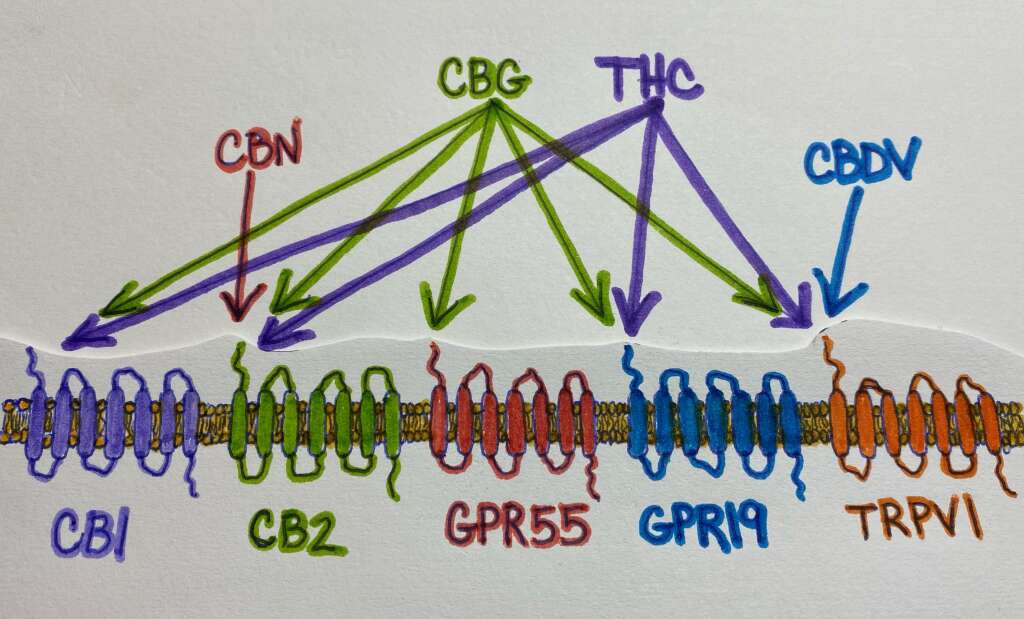
It’s not one signal that does the trick. It’s many signals at once, finding the appropriate docking points and flooding the cell with many different, yet complementary signal tones, each lending its own touch to healing and change.
As a significant added benefit, because you’re accessing multiple cellular pathways, synergistic combinations allow you to use smaller doses without sacrificing effectiveness.

The entourage effect suggests that a single molecule won’t have the same beneficial effects as a flood of diversified molecules. Once again we see that diversity is a good thing.
More receptors can be activated when you have more signals. The signals found in the essential oil of cannabis (cannabinoids, terpenes, and flavonoids) will activate the very same pathways your body will be accessing via the entourage effect. Think of cannabis components as reserve troops, showing up at the right moment.
The best way to find those formulations that work best for your individual ECS is to experiment, and thankfully, cannabis is possibly the safest drug to play a game of trial and error with. Following the basic advice of beginning any new cannabis formulation at a low dose and carefully listening to how your body responds to it, you can then adjust your dose to fit your lifestyle needs and constraints.
Much frustration can be avoided by keeping notes of your experimentation with the entourage effect, and as always:
Start low & Go slow
Your body works ridiculously hard at keeping you alive, healthy and strong. Sometimes it needs a little assistance. Cannabis and the entourage effect can help with that.
